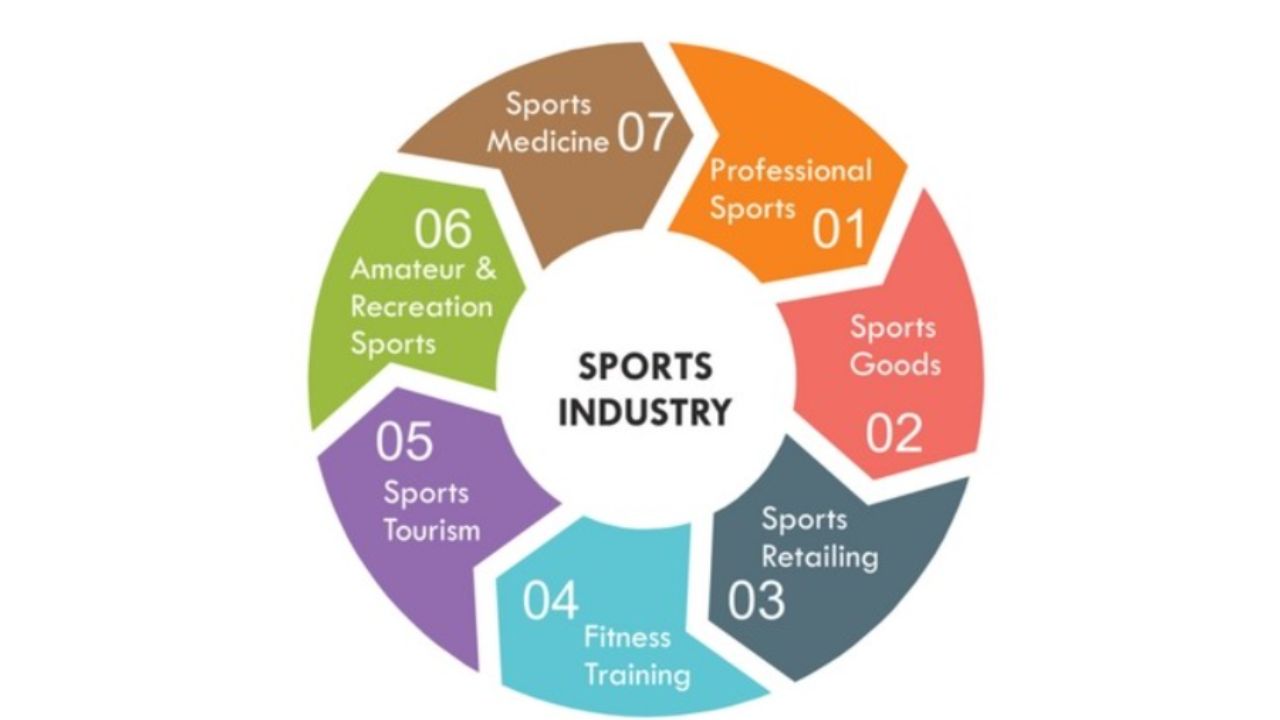“It’s not about finding a seat at the table. It’s about building new tables.” I will never forget the energy in the room when Nik Dodani, Co-Founder of The Salon, issued this directive nearly three years ago. At the time, I was an Executive Assistant at The Black List, supporting CEO Franklin Leonard with his full slate of programs, partnerships, and initiatives. The combination of conducting extensive research and pitching programming for a leader who staunchly opposed tokenism, along with my time in the UCLA MFA program, led me to share Nik’s sentiments. I saw firsthand that representation woes did not stem from a lack of talent, ingenuity, or creativity. The problem then—and still now—was the urgent need to integrate culture into mainstream media, business, and social impact.
My first interaction with Indiaspora came during a meeting with Shoba Vishwanathan and Natasha Hindocha. While lists and media blasts had proven successful, Shoba wanted more than just a showcase. Watching her present her rationale—not by appealing to altruism or philanthropy, but through pragmatic, universally understood market and economic principles—was inspiring. Just two hours after that meeting, I began work on Across The Line, an inaugural sports gala conference built on one principle: collaboration over competition.
Given my background, that might seem like an unexpected stance. I never set out to work in social impact or cultural consultancy. I am, at heart, an athlete, a writer and producer by training, and a Silicon Valley kid. My drive to reshape the narrative for the South Asian community is not born out of altruism. It is fueled by a deeply held belief that, if done right, we can build a better world—one in which words like “representation” and “diversity” are not just Instagram hashtags but fundamental realities.
That better world will be built by dreamers, innovators, and thinkers who refuse to accept the limitations imposed by the existing system. And that shift in perspective often comes from firsthand experience of exclusion. I know this because I have lived it. In the 2010s, track and field was an unforgiving sport for Indian athletes, particularly in distance running. Whether at the USATF Junior Olympics or the California State Championships, I often found myself the only South Asian competitor. From my first Junior Olympics appearance at age 13 to my professional retirement at 18 due to an Achilles injury, I encountered just a handful of South Asian athletes on the elite stage.
And yet, that scarcity was surprising. Track and field, much like Formula One, is not solely about raw talent or power—it is a sport driven by strategy and biomechanics. And who better to understand strategy and biomechanics than us?
The issue with modern global sports is that it remains highly siloed. Sports, sports management, sports media, sports apparel, and sports technology all function as distinct sectors. As Nik Dodani suggested, the game of musical chairs we are playing is not working in our favor. Our path to establishing a presence in sports and global media is not through competition—it is through collaboration. My goal with Across The Line is to create that forum.
With LA 2028 and the reintroduction of cricket to the Olympic stage, we have a unique opportunity to make our mark. As a community, we represent 85% of global viewership. By leveraging our collective expertise across sports medicine, technology, platform building, and performance, we can move beyond merely securing a seat at the table—we can lead.
Our culture often embraces deterministic thinking: “What will happen, will happen.” I respect that wisdom, but I am too driven to accept it entirely. Purpose may be ordained, but action is within our hands. At 18, I thought my life was over when my Achilles injury forced me into early retirement. At 25, I see that my purpose was never just to compete—it was to represent and collaborate with my people.


